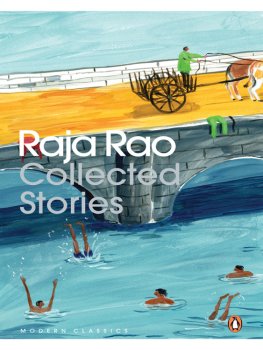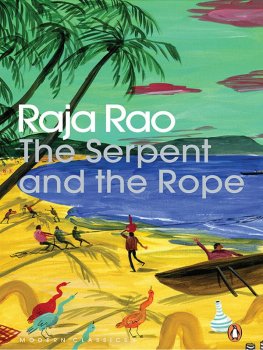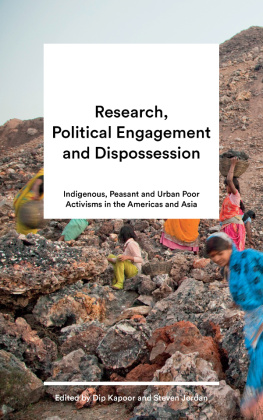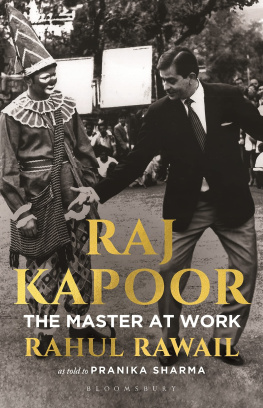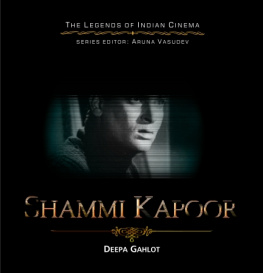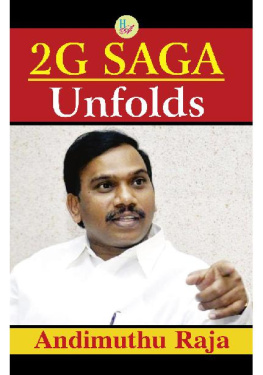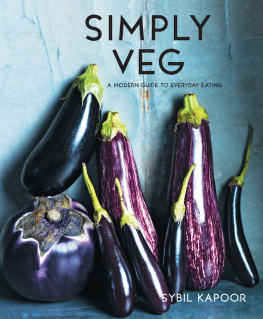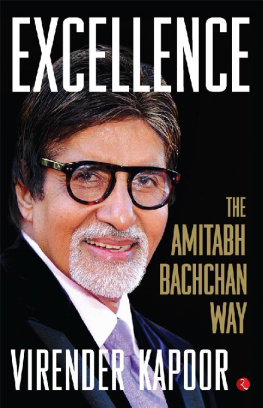Kapūra Rāja - Raj Kapoor: the one and only showman
Here you can read online Kapūra Rāja - Raj Kapoor: the one and only showman full text of the book (entire story) in english for free. Download pdf and epub, get meaning, cover and reviews about this ebook. City: India, year: 2017, publisher: HarperCollins Publishers India, genre: Non-fiction. Description of the work, (preface) as well as reviews are available. Best literature library LitArk.com created for fans of good reading and offers a wide selection of genres:
Romance novel
Science fiction
Adventure
Detective
Science
History
Home and family
Prose
Art
Politics
Computer
Non-fiction
Religion
Business
Children
Humor
Choose a favorite category and find really read worthwhile books. Enjoy immersion in the world of imagination, feel the emotions of the characters or learn something new for yourself, make an fascinating discovery.

- Book:Raj Kapoor: the one and only showman
- Author:
- Publisher:HarperCollins Publishers India
- Genre:
- Year:2017
- City:India
- Rating:3 / 5
- Favourites:Add to favourites
- Your mark:
- 60
- 1
- 2
- 3
- 4
- 5
Raj Kapoor: the one and only showman: summary, description and annotation
We offer to read an annotation, description, summary or preface (depends on what the author of the book "Raj Kapoor: the one and only showman" wrote himself). If you haven't found the necessary information about the book — write in the comments, we will try to find it.
Raj Kapoor: the one and only showman — read online for free the complete book (whole text) full work
Below is the text of the book, divided by pages. System saving the place of the last page read, allows you to conveniently read the book "Raj Kapoor: the one and only showman" online for free, without having to search again every time where you left off. Put a bookmark, and you can go to the page where you finished reading at any time.
Font size:
Interval:
Bookmark:
RAJ KAPOOR

RAJ KAPOOR
THE ONE AND ONLY SHOWMAN
Presented by his daughter Ritu Nanda

This book is dedicated to my mother who, like her children, believes that Raj Kapoor is a man who cannot die.
A lot of work of every artiste, of anyone in any creative profession, is somewhat autobiographical Something of his experience is always attached to it, it remains there and one brings it out in one form or another. That is how it is.

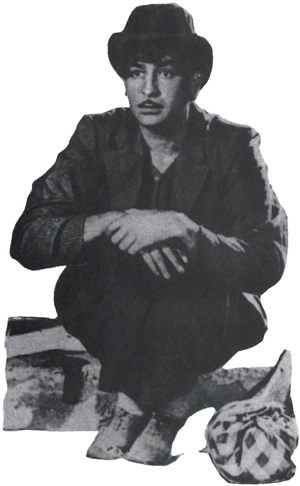
CONTENTS
Ritu Nanda
R aj Kapoor is many things to many people: producer, director, actor, editor, musician, storyteller, a man of many moods and an acknowledged patriarch of Indias film industry. He is also known to the world as an extraordinary showman, a lover, an idealist, a sage and a reformer. Papa was not particularly well read, nor did he consider film an intellectual medium. He was a romantic and his reaction to socio-economic inequity and injustice was emotional rather than intellectual. He believed firmly that the paying public went to the theatres to be entertained and not to listen to social or political sermons. He also realized the potential of popular cinema to address social issues effectively. He evolved an approach by which he succeeded in influencing as many people as he entertained. Raj Kapoors command over the art enthralled him to produce some of the most watched films anywhere in the history of the medium. Hindi cinema is so popular these days that we forget, it once was not. Raj Kapoor didnt just make films, he made the mainstream Indian film audience before the term Bollywood was even a glint in a marketers eye. This is not to say he didnt also make flops. Two of his favourite films, Aah and Mera Naam Joker, tanked. Though he loved them a little more, the audiences loved them less. But when he hit a success, he hit big, by bringing romance, sexuality, song and soul to Indian socialism in its heyday.
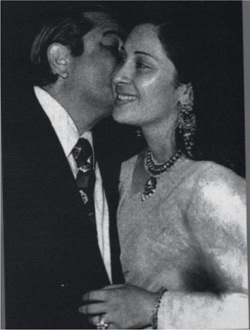
The world of Hindi films was also a means of education and exposure in a country where the literacy rate at the time of Independence was 18 per cent. So, cinema was an important medium of religious, cultural and political education. A truck would move from village to village with a projector and a rolled-up film. The vision that Papa staged and sang was not provincial, it was recognizably Nehrus India, featuring an urbanizing, modernizing milieu. Behind his yearning, moist-eyed heroines and sometimes slapstick comedy was often a cheerful nagging that promises made to the poor be made good. Raj Kapoor had a keen eye for tiny deprivations that dash the spirits of the unprivileged. In a telling moment from Boot Polish, the camera pans down a long line of people waiting for rations. Its a glimpse of a countrys have-nots, united in need. Suddenly, though, the rain starts, and the class of need divides again, there are those who pull out umbrellas and those who get thoroughly drenched. The humiliation of the poorest makes you cringe, but this being a Raj Kapoor film, it also makes you laugh, and soon enough theres a good song. The solutions he suggested to a collective, post-Independence let-down, had little to do with politics and a lot to do with love. As much as that tendency would frustrate his more political collaborators, it would introduce Indian cinema to the world.
It was in 1948, when he was barely twenty-three, that Papa released his first film, the low-budget Aag. The emotional intensity of this film, its technical daring and sensitivity announced the arrival of an unusual talent in Indian cinema. It was also the beginning of the most famous and enduring screen association of Raj Kapoor and Nargis. The film is episodic and narrates in flashback the story of a theatre producer (Raj Kapoor) and the three women who enter his life at different periods. Commercially the film was a moderate success, but Barsaat (1949), Raj Kapoors next film, was a blockbuster. Although a commonplace story, what made it so popular was its haunting music, youthful exuberance and relatively open attitude towards sex.
In 1952, Papa bought the script of Awara from K.A. Abbas. The film, an astonishing mixture of melodrama and romance, seduced audiences not just in India, but also in the Middle East, Iran, Turkey, China and the former Soviet Union. In post-World War II, post-Partition India, when the entire socio-political system was under strain and thousands of migrants were pouring into the cities, millions identified with Raj Kapoors dispossessed hero Raju. The tramp of Awara reappeared in Shree 420, but with a difference. The film is a fascinating study of his transformation from the naive country lad to the city slicker.
Jagte Raho (1956) was a less effective variation on the same theme of the simple man in the big, bad world. The film won the Grand Prix at the Karlovy Vary International Film Festival in 1957, but did not fare well at the box office. It also marked the end of Nargiss association with Raj Kapoor.
The theme of Jis Desh Mein Ganga Behti Hai (1960) was inspired by the Gandhian pacifist Vinoba Bhave, who had just appealed to the dacoits operating in the ravines of central India to surrender, to which some had responded positively. This message had a deep relevance and appeal to the period in which the film was made and proved to the world that even hardened criminals can mend their ways when approached with a sympathetic and productive vision.
In 1964, Papa went to Europe for his super production Sangam. Shot in locations as varied as London, Paris, Venice and Switzerland, it was his first foray into colour and he did it with typical fastidiousness. The film was obviously designed by the maker to be a visual seduction all the way, dripping with glamour. Film-makers world over have been at pains to prove that Rudyard Kipling, who said that east is east and west is west and never the twain shall meet, should have known better. In India, it was left to Raj Kapoor to explore the Kipling myth with spectacular results. That is the achievement of Sangam (literally, confluence), which attempts and accomplishes a fusion not only of the East and the West but also of art and entertainment. It was Ernst Lubitsch, master comedy maker, who once said that no man is a genius unless he can deliver honest entertainment. Papas genius as a creative craftsman and an honest, solid entertainer was never better reflected than in Sangam, which he directed and which also marked his debut as an editor.
In Mera Naam Joker (1970), we rediscover the tramp as the circus clown. This was Papas most ambitious film and his longest production, all of four hours and fifteen minutes! He brought to India an entire Russian Circus and the Bolshoi ballerina Kseniya Ryabinkina to star in the film. The film is structured in three chapters, focusing on a clowns last performance. In flashback, we see the struggle and the sorrow of the clowns life. It was the most expensive film of its time and upon its release became the biggest flop of Indian motion pictures. It was a film made ahead of its time because ten years later, Papa re-edited the film, making it shorter and the same flop became a big success.
Next pageFont size:
Interval:
Bookmark:
Similar books «Raj Kapoor: the one and only showman»
Look at similar books to Raj Kapoor: the one and only showman. We have selected literature similar in name and meaning in the hope of providing readers with more options to find new, interesting, not yet read works.
Discussion, reviews of the book Raj Kapoor: the one and only showman and just readers' own opinions. Leave your comments, write what you think about the work, its meaning or the main characters. Specify what exactly you liked and what you didn't like, and why you think so.


